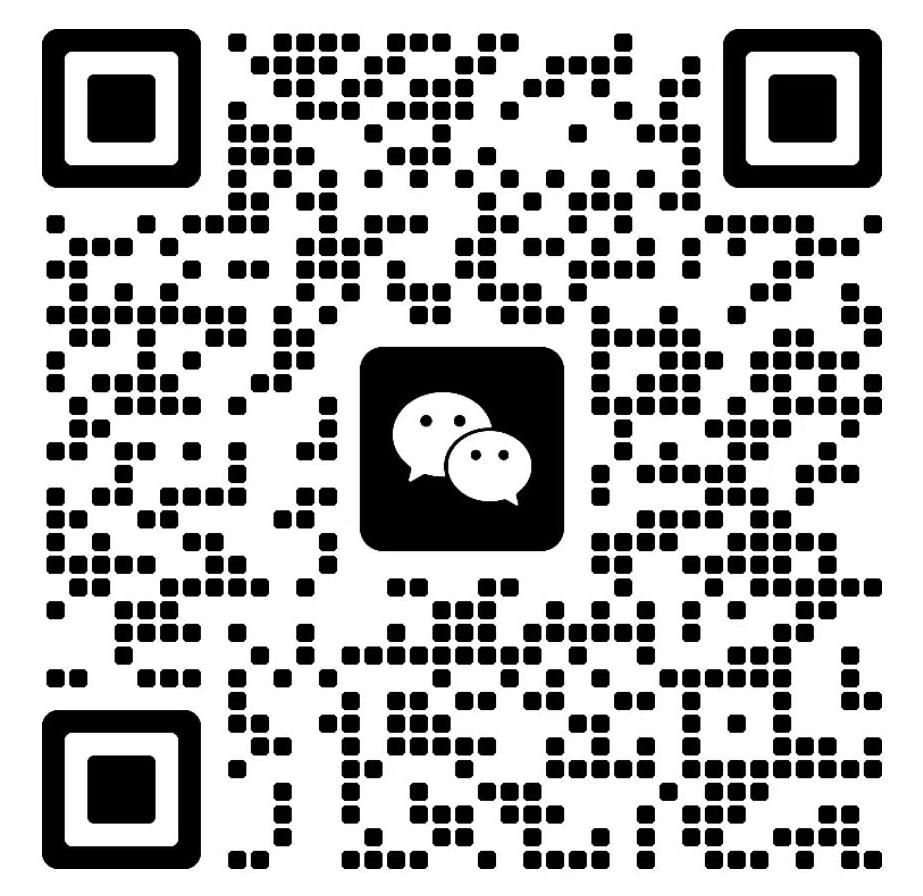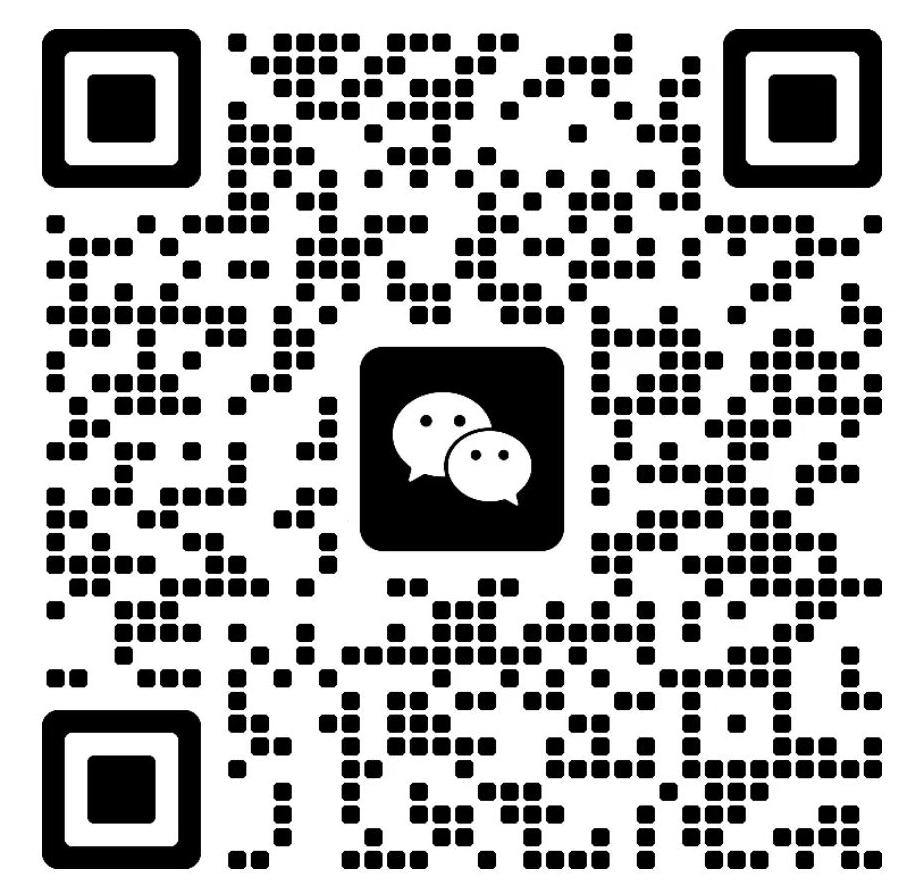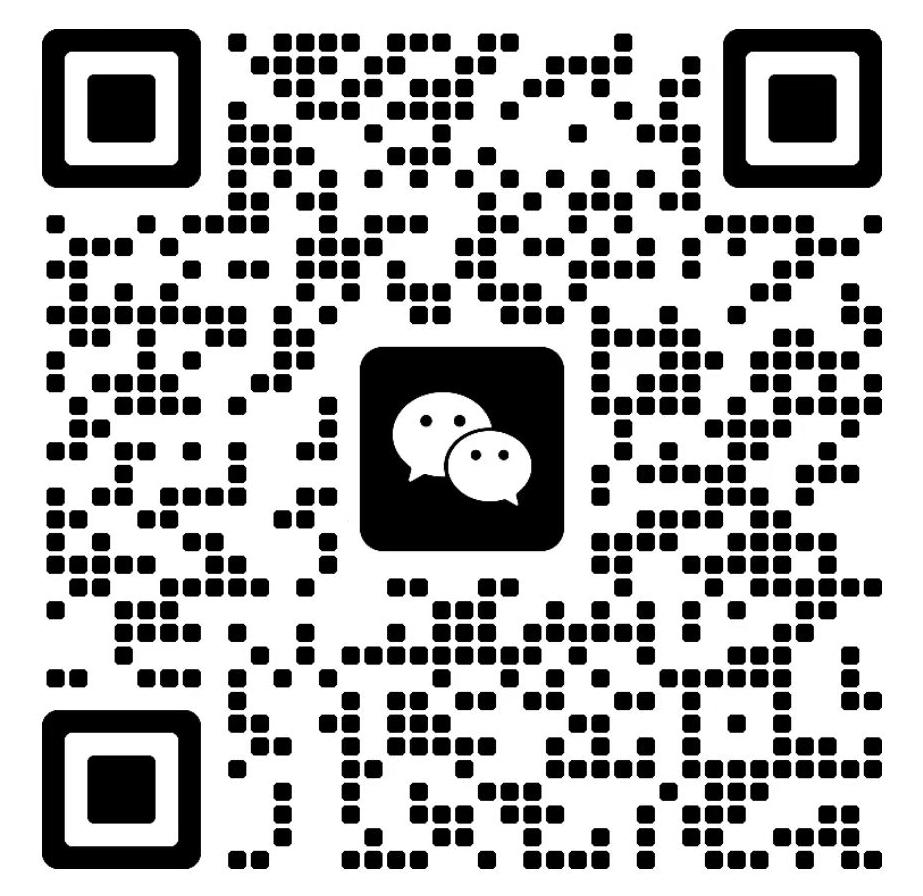热门文档
- 2025-03-25 17:34:29 【推荐】2025年全球人工智能趋势报告:关键法律问题-英文版-28页
- 2023-10-28 08:02:39 一种液冷一体储能电池管理系统的设计_潘明俊
- 2024-02-04 09:01:48 2023年各省市双碳政策汇总
- 2024-05-16 17:07:11 【Excel计算表】工商业储能峰谷套利模型
- 2023-10-28 07:56:41 液冷将成储能装置核心冷却方式
- 2024-02-03 14:35:00 太阳能光伏光热建筑一体化(BIPV_T)研究新进展_王君
- 2024-05-24 15:35:05 203060双碳文库更新文件240524
- 2024-06-08 14:51:19 产品碳足迹量化方法 钢铁(征求意见稿)
- 2024-05-16 17:18:12 【PPT】中储国能张栩:压缩空气储能发展现状及未来展望
- 2024-05-28 12:53:37 电化学储能电站的安全与高效设计
- 2023-11-02 14:34:29 讲义13丨中国独立焦化企业温室气体核算方法与报告指南
- 2023-11-10 08:32:58 世界银行-乌兹别克斯坦的气候变化与残疾人包容(英)-2023.10-39页

1、本文档共计 88 页,下载后文档不带水印,支持完整阅读内容或进行编辑。
2、当您付费下载文档后,您只拥有了使用权限,并不意味着购买了版权,文档只能用于自身使用,不得用于其他商业用途(如 [转卖]进行直接盈利或[编辑后售卖]进行间接盈利)。
3、本站所有内容均由合作方或网友上传,本站不对文档的完整性、权威性及其观点立场正确性做任何保证或承诺!文档内容仅供研究参考,付费前请自行鉴别。
4、如文档内容存在违规,或者侵犯商业秘密、侵犯著作权等,请点击“违规举报”。
2、当您付费下载文档后,您只拥有了使用权限,并不意味着购买了版权,文档只能用于自身使用,不得用于其他商业用途(如 [转卖]进行直接盈利或[编辑后售卖]进行间接盈利)。
3、本站所有内容均由合作方或网友上传,本站不对文档的完整性、权威性及其观点立场正确性做任何保证或承诺!文档内容仅供研究参考,付费前请自行鉴别。
4、如文档内容存在违规,或者侵犯商业秘密、侵犯著作权等,请点击“违规举报”。
5、有任何问题,文件需求请联系WX:baomafenxiang520

NOVEMBER 2021ASEAN TAXONOMY FORSUSTAINABLE FINANCEVERSION 1ForewordMessage from the Chair of the ASEAN Taxonomy Board (ATB)The Association of Southeast Asian Nations (ASEAN)has always placed importance on the well-being of its citizens and the need for the region's growth and development to be sustainable.TheASEAN Socio-Cultural Community envisages an inclusive community that provides high qualityof life,equitable access to opportunities for all and the promotion and protection of human rights.It also aims for a sustainable community that promotes social development and environmentalprotection.As the world's fifth largest economic bloc,ASEAN is acutely aware of the role it plays,and can play,in the global sustainability agenda.All ASEAN Member States (AMS)have ratifiedthe Paris Agreement.In 2015,the ASEAN Heads of State and Government adopted theDeclaration on Institutionalising the Resilience of ASEAN and Its Communities and Peoples toDisasters and Climate Change (ASEAN,2015 [1])where AMS committed to forge a more resilientfuture by reducing existing disaster and climate related risks,preventing the generation of newrisks and adapting to a changing climate through the implementation of economic,social,cultural,physical,and environmental initiatives.All AMS are signatories to the United Nations SustainableDevelopment Goals(SDG)and have agreed to the Regional Roadmap for Implementing the 2030Agenda for Sustainable Development in Asia and the Pacific.The ASEAN region is highly vulnerable to climate change,especially given its coastal populationsand reliance on agriculture.Climate change has a profound impact on the citizens,businessesand governments of ASEAN.It has caused economic and physical damage through unpredictableweather patterns,rising temperatures and sea levels,extreme weather events,land degradation,and damage to biodiversity and has resulted in loss of properties,assets and human lives.Thechallenges faced by AMS in achieving the SDG targets were significant even before Covid-19,but the setbacks caused by the pandemic to the trajectory of these efforts now need to beaddressed urgently.Financing is key in enabling ASEAN to advance its sustainability agenda.The role of sustainablefinance was recognised by the ASEAN Finance Ministers'and Central Bank Governors'Meeting(AFMGM)in 2019.ASEAN is a unique construct and has its own context and needs.Its memberstates are diverse economically and socially there needs to be an orderly transition towards asustainable ASEAN is critical.Having a common understanding of what is sustainable is essentialif ASEAN is going to attract and orient capital towards sustainable investments and away fromnon-sustainable activities.This is where a credible regional sustainable finance taxonomy,whichis interoperable with other regional and international taxonomies,is needed.While each AMSmay develop its own national sustainable finance taxonomy to meet its individual needs anddomestic stage of development,having a common language and an overarching guide that everyAMS can apply across all segments of the economic sector will provide clarity and confidence toall stakeholders.Global,regional and domestic investors would have more information andgreater confidence on what their funds will be used for and businesses will have clear guidanceon what they need to do for their sustainability journey.A credible taxonomy that is aligned withinternational benchmarks will also help financial institutions and investors better understand the



